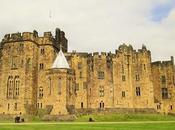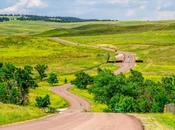
Si vociferava che la Polonia non era niente male…ma visitarla è stata davvero una bella sorpresa…venite a scoprirla con noi!
They said that Poland was a nice country…but to visit it has been raelly a beautiful surprise…come with us to discover it!
Commenti positivi giravano soprattutto su Varsavia e Cracovia…le città più vistate da noi Italiani (voli low-cost, inter-rail, Papa Giovanni Paolo II e Auschwitz i motivi per cui si visitano maggiormente Varsavia e il sud del Paese)…beh…con noi andrete da Varsavia verso Nord, fino a toccare le acque del Mar Baltico!
Positive comments were mainly about Warsaw and Krakow…the cities that Italians visit the most (low-cost flights, inter-rail, Pope Giovanni Paolo II and Auschwitz the reason to visit mainly Warsaw and the South of the Country)…beh…with us you’ll go from Warsaw to the North, to touch the water of the Baltic Sea!
La Polonia è un paese dalla storia molto travagliata…pensate che per 123 anni (dal 1794 al 1918) scomparve dalle certe geografiche, essendo i suoi territori stati spartiti tra le tre grandi potenze di Russia, Prussia e Austria.
E’ anche un paese dal grande temperamento, dimostrato soprattutto dall’energia impiegata nella ricostruzione di tutto quanto distrutto durante la seconda guerra mondiale e dalla forza di cui si è armata durante e dopo il Comunismo.
Poland is a country with a very troubled history… think that for 123 years (1794 to 1918) disappeared from geographical maps, as its territories were divided between the three great powers of Russia, Prussia and Austria.
It ‘also a country with a great temperament, shown especially by the energy used in the reconstruction of everything that was destroyed during the Second World War and the strength of which is armed during and after Communism.

Il nostro viaggio inizia a Varsavia, capitale della Polonia e esempio più emblematico della devastazione causata dalla Seconda Guerra Mondiale, durante la quale è stato distrutto il 80% della città e la popolazione è stata decimata. Quello che appare oggi davanti ai nostri occhi è la Varsavia dell’Anteguerra, essendo stata ricostruita con grande dovizia utilizzando i quadri del Bernardo Bellotto-Canaletto (1697-1768), cugino del noto Canaletto, che aveva rappresentato la città con accuratezza documentaristica. Ecco a voi il risultato:
Our tour begins in Warsaw, capital of Poland and most emblematic example of the devastation caused by the Second World War, during which it was destroyed 80% of the city and the population was decimated. What appears today is the Warsaw before the war, having been rebuilt with great wealth using the paintings of Bernardo Bellotto-Canaletto (1697-1768), who had represented the city with documentary accuracy. Here’s the result:
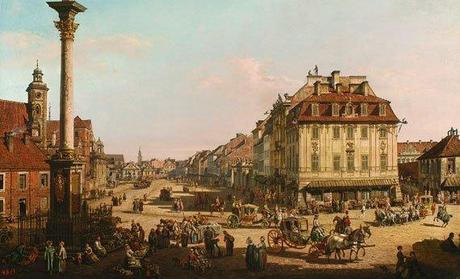
Bernardo Bellotto-Canaletto
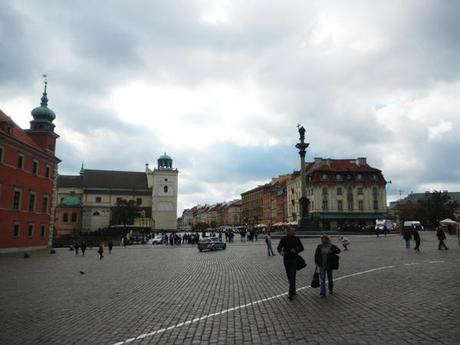
Varsavia Oggi

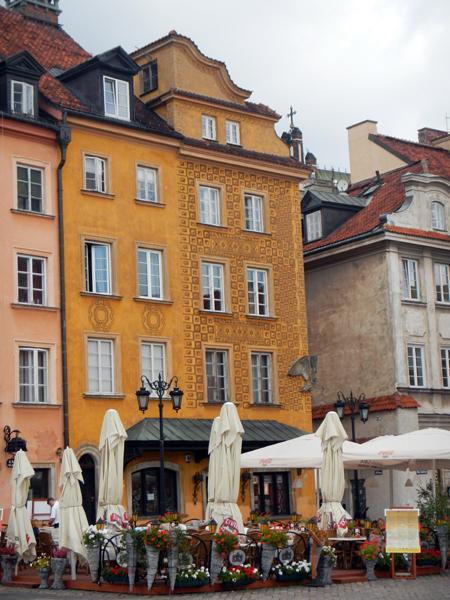
Varsavia è anche la città natale di Chopin (1810-1849)…e non potrete non notarlo. Oltre al Museo costruito in suo onore (che vale una visita), la città è disseminata di panchine che diffondono la musica del compositore, premendo un solo bottoncino.
Warsaw is also the birthplace of Chopin (1810-1849)…and you can not fail to notice. In addition to the museum built in his honor (worth a visit), the city is dotted with benches spread the music of the composer, just touching a small button.
Se poi avete un pò di tempo e siete curiosi andate a dare un’occhiata oltre la Vistola, nella parte Est di Varsavia, chiamata Praga.
Si dice che sia un pò pericolosa, ma semplicemente perchè è la parte più degradata della città, quindi basta solo un pò di attenzione in più. Sopravvissuto ai bombardamenti della Seconda Guerra Mondiale, il quartiere sta vivendo ora un’ondata di riqualificazione ed è diventato il quartiere degli artisti, dove troverete botteghe, gallerie d’arte, teatri e locali alternativi. Se andate di sera, date un’occhiata nei cortili dei vecchi palazzi, dove poterte facilmente imbattervi in localini particolari e tranquilli, così come locali con differenti generi di musica, proiezioni cinematografiche sui muri, spettacolini teatrali…molto carino!
And if you have some more time and you are courios look beyond the Vistula, in the eastern part of Warsaw, called Prague.
Is said to be a little dangerous, but simply because it is the most degraded of the city, then you just need a little extra attention. Survived the bombings of World War II, the district is now experiencing a wave of redevelopment and has become the artists’ quarter, where you will find craft shops, art galleries, theaters and alternative locals. If you go in the evening, take a look in the courtyards of the old palaces, where you may easily run into nice and quiet locals, as well as clubs with different kinds of music, film projections on the walls, theatrical talent shows … very cute!
Ed ora via in direzione Nord…prossima tappa Torun, città dal grande fascino medievale. Città fondata dai Cavalieri Teutonici nel 1233, su un insediamento slavo che sorgeva lì dall’XI sec., fu uno dei più importanti centri commerciali e culturali del Nord Europa, entrando a far parte della Lega Anseatica. E’ anche la città che nel 1473 diete i natali a Niccolò Copernico.
And now let’s go to the North… our next stop is Torun, a city with a great medieval charm. It has been founded by the Teutonic Knights in 1233, on a Slavic settlement of the XI century. It was one of the most important commercial and cultural centers of northern Europe, joining the Hanseatic League. It is also the city were in 1473 Niccolò Copernico was born.
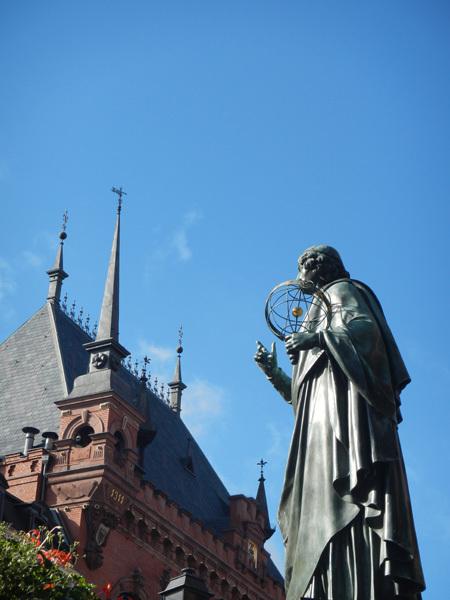
Scorrazzando tra le vie della città rimarrete affascinati dagli imponenti edifici in mattoncini rossi, dagli stretti palazzi dei commercianti e dalle numerosissime finestrelle dei granai.
Running around the streets of the city you’ll be fascinated by the imposing red brick buildings, the narrow palaces of merchants and the many windows of the barns.
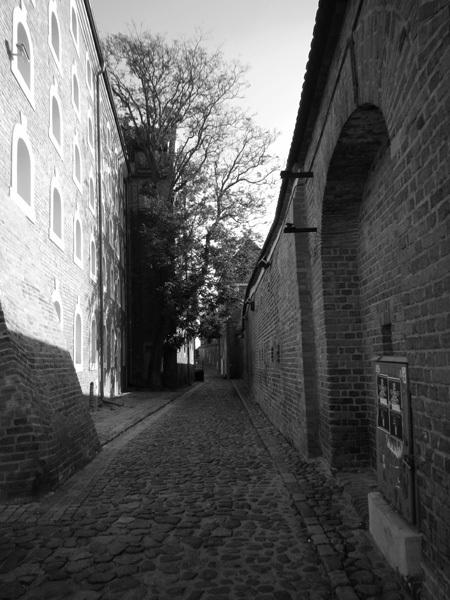
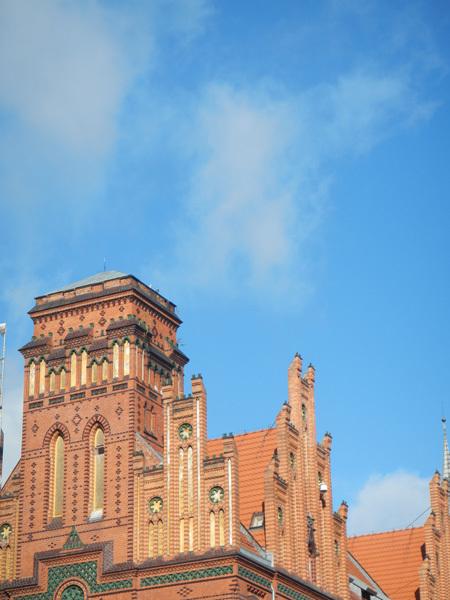
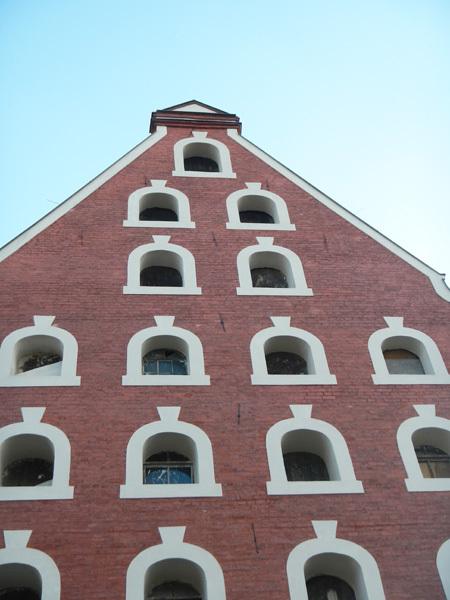
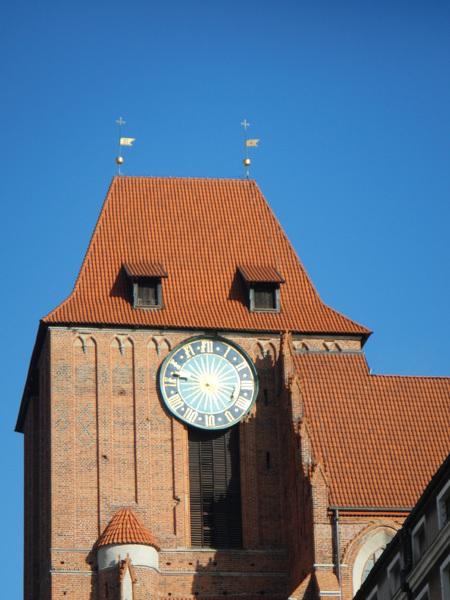
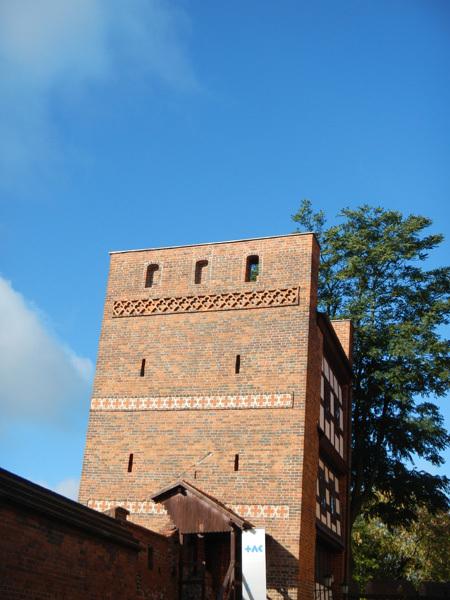
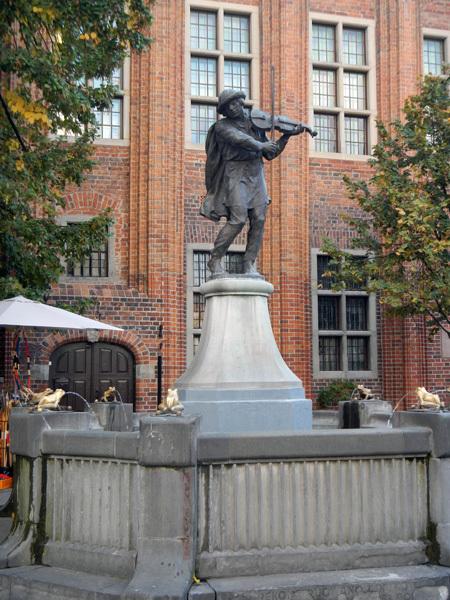
Sulle orme dei Cavalieri Teutonici, andiamo a visitare lo splendido castello di Malbork, sulla strada verso Danzica.
Following the Teutonic Knights, we visited the beautiful castle of Malbork, on the way to Gdansk.
Malbork, antica Marienburg (Città di Maria), nel XIII fu scelta dall’Ordine dei Cavalieri Teutonici come propria capitale e rimase la loro sede principale per quasi 150 anni. Il Castello, patrimonio dell’UNESCO, è il risultato di tre castelli costruiti in fasi successive circondati da da tre anelli di mura difensive (aperto tutti i giorni, da Maggio ad Agosto 9-19 e da Settembre ad Aprile 10-15; il Lunedì il Castello è aperto, ma le mostre sono chiuse). Edificato sulla sponda orientale della Vistola, occupa una superficie di ca 21 ettari, visitando i quali potrete assaporare ed immergervi nell’affascinante atmosfera medievale.
Malbork, ancient Marienburg (City of Mary), in the XIII sentury was chosen by the Order of the Teutonic Knights as their capital and remained their headquarters for nearly 150 years. The Castle, World Heritage Site, is the result of three castles built in stages surrounded by three rings of defensive walls (open daily from May to August 9 to 19 and from September to April 10-15; Monday the castle is open, but the exhibits are closed). Built on the eastern bank of the Vistula, occupies an area of about 21 hectares; visiting the castle you can sample and immerse yourself in the fascinating medieval atmosphere.
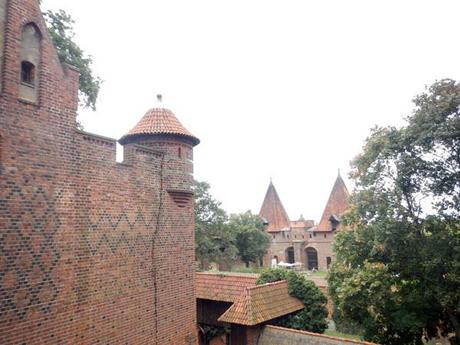
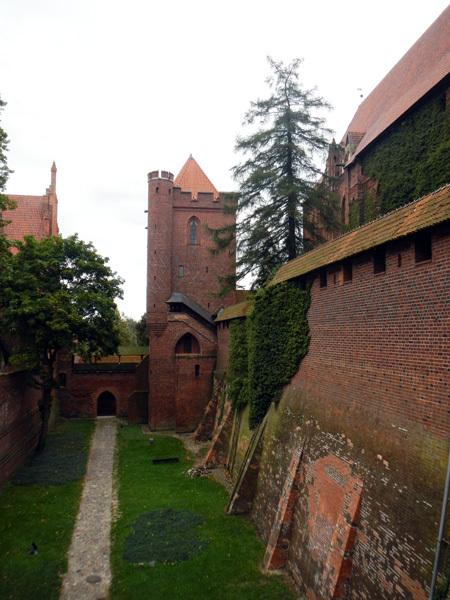
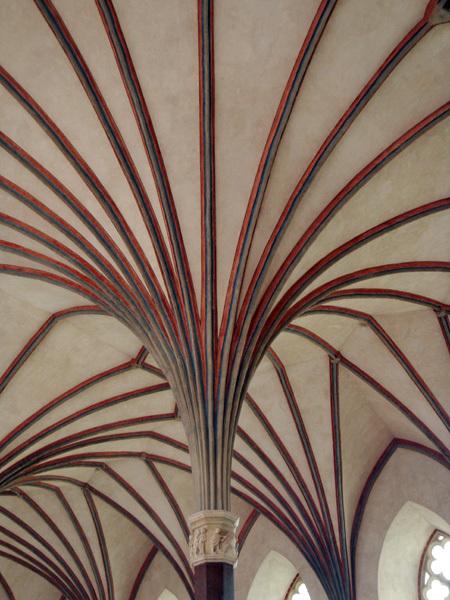
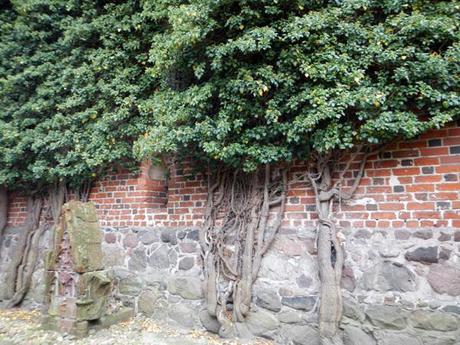
Rimettiamoci in marcia…e via verso Danzica o meglio…verso le Tre Città (Trójmiasto)!
Così sono infatti chiamate Danzica (Gdansk in polacco) e i due vicini centri di Sopot e Gdynia. Per ora ancora gestite da tre differenti amministrazioni, ma è in via di sviluppo un progetto che le vedrà forse diventare un’unica, ma diversificata, realtà.
Let’s get back in gear…on the way to Gdansk, actually… to the Three Cities (Trójmiasto)!
So they are in fact called Danzig (Gdansk in Polish) and the two nearby towns of Sopot and Gdynia. At the moment they are still managed by three different administrations, but it is developing a project that will perhaps make them one but diversified reality.
Gdansk ci ha fatto venire i brividi grazie alla sua storia. Importantissima città portuale e vivace centro culturale e intellettuale, sono molte le vicende storiche ad essa legate. Non stiamo qui ad annoverarvele tutte…ma vi suggeriamo di andare a leggervi la storia delle vicende di Solidarnošc, sindacato libero nato nel 1980 in seguito alle proteste e agli sciperi dei cantieri navali di Danzica e guidato da Lech Walesa.
Gdansk has made us shudder because of his history. Important port city and lively cultural and intellectual center, there are many historical events connected with it. We are not here to annoverarvele all … but we suggest you to read the story of the events of the Solidarnošc, free trade union born in 1980 following protests and strakes of the Gdansk shipyard and led by Lech Walesa.
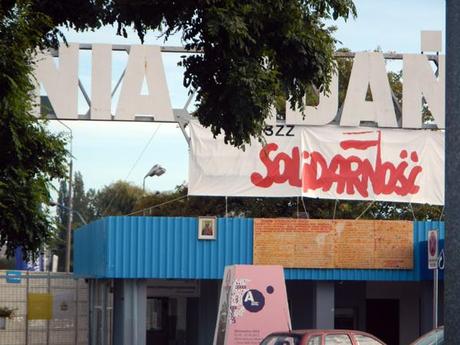
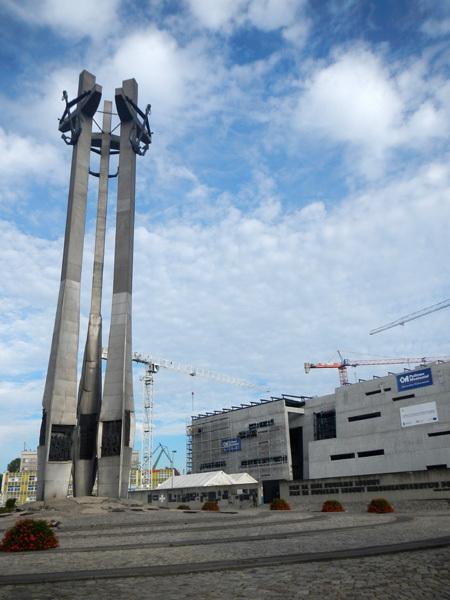
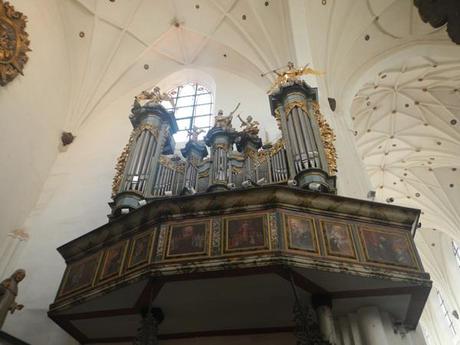
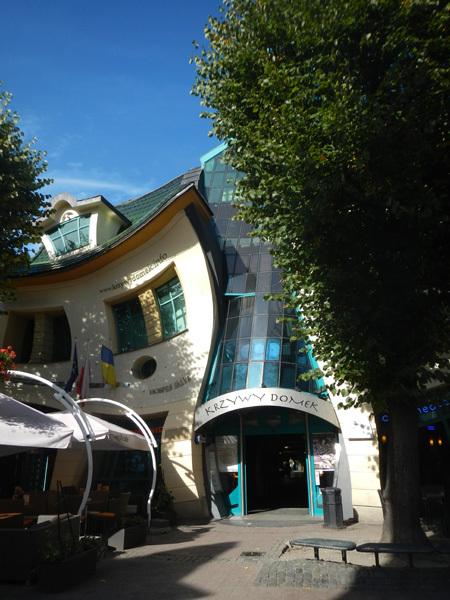

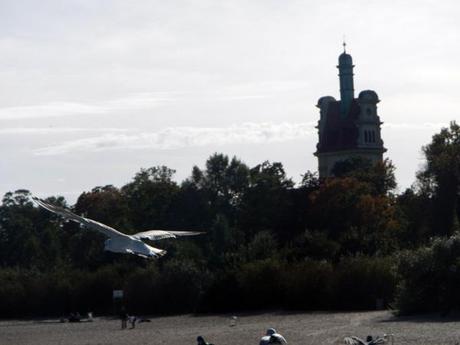
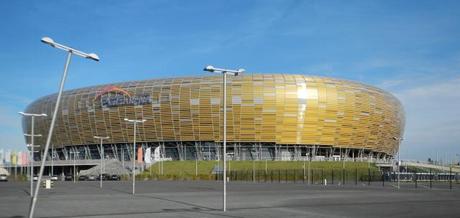
Ma Danzica è anche la città dell’ambra che troverete ovunque in città, soprattutto nei molteplici negozietti che affollano la cosiddetta Via dell’ambra.
But Gdansk is also the city of amber that you will find anywhere in the city, especially in the many shops that fill the so-called Via amber.
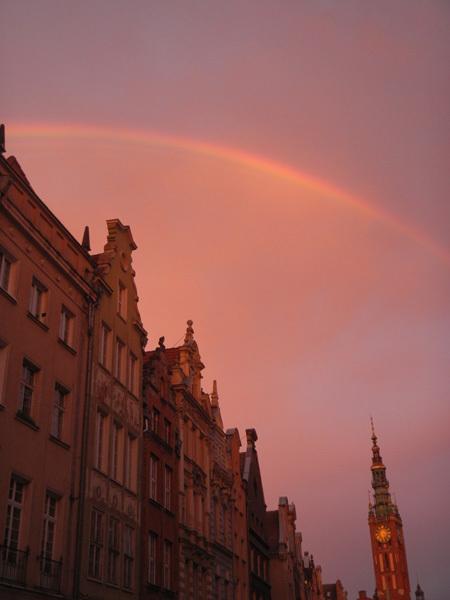
Infine, non mancate di assaggiare la GoldenWasser, la vodka tipica di Danzica…con le pagliuzze d’oro all’interno! Leggenda vuole che Tritone, di cui la statua adorna una fontana nel centro della città, adiratosi, colpì con il forcone le monete gettate nella fontana…formando così delle scagliette d’oro…e da lì ebbe origine la GoldenWasser!
Finally, do not forget to taste the GoldenWasser, typical vodka of Gdansk…with the gold flakes inside! Legend has it that Triton, whose statue adorns a fountain in the center of the city, became angry and struck with a pitchfork coins thrown into the fountain…thus forming flakes of gold…and from there came the GoldenWasser!
Do widzenia!
